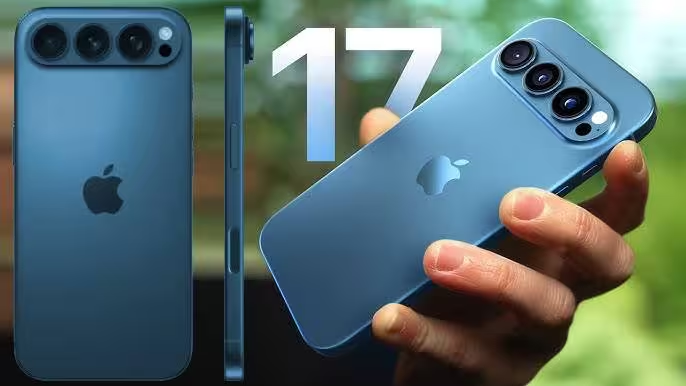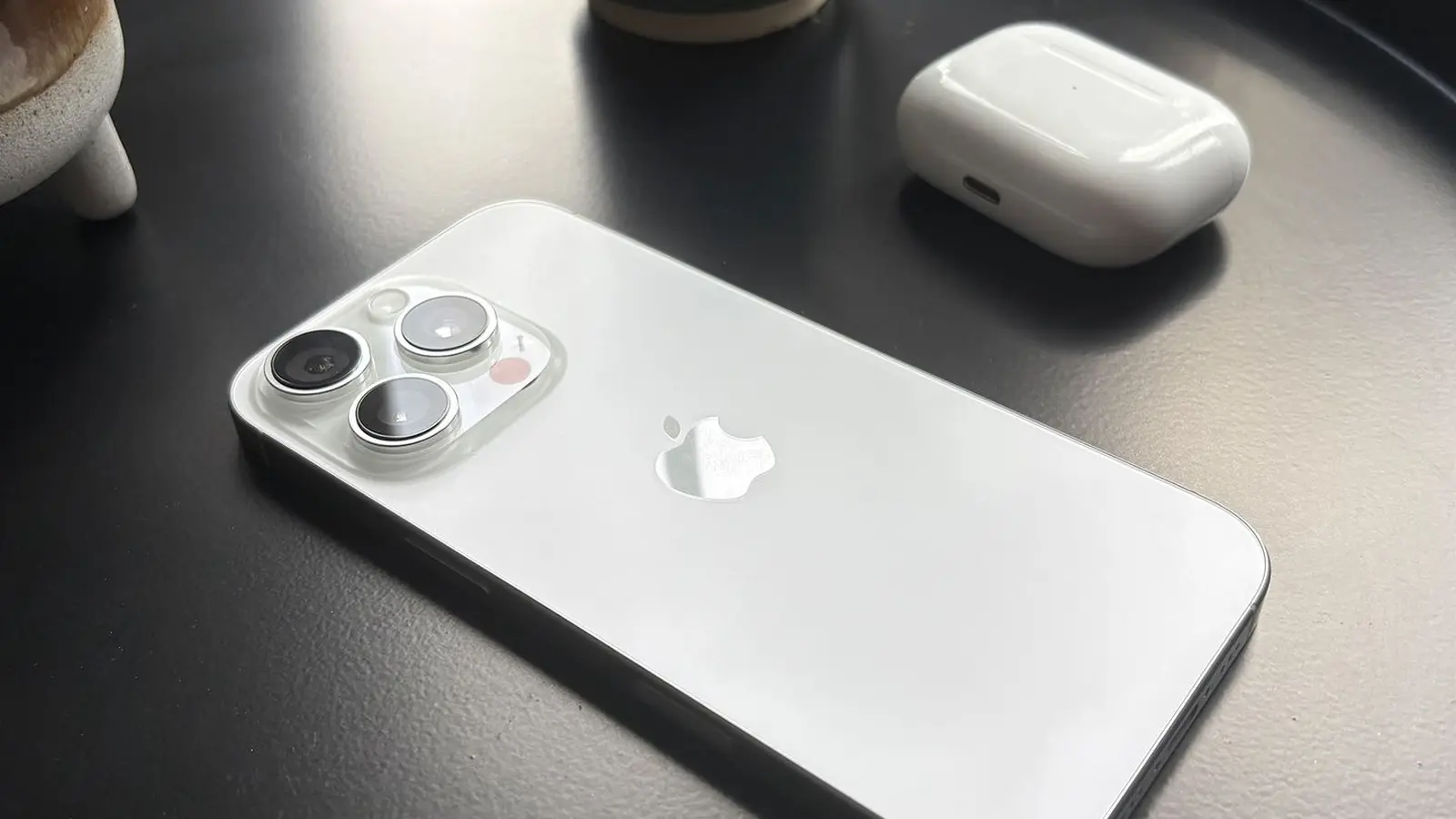3 Minutes
Apple could add reverse wireless charging to iPhone 17 Pro
Apple often adopts capabilities after they appear on competing phones, and the next iPhone lineup may follow that pattern. Reports suggest the iPhone 17 Pro and iPhone 17 Pro Max could finally bring native reverse wireless charging to the iPhone family — a convenience Samsung flagship owners have enjoyed since 2019.
Galaxy Z Fold 7 vs Pixel 10 Pro Fold - NOT EVEN CLOSE!
What is reverse wireless charging and how would it work on iPhone?
Feature overview
Reverse wireless charging (also called bilateral charging) lets a smartphone act as a charger for accessories or other phones by placing the smaller device on the back of the phone. Samsung introduced this as Wireless PowerShare with the Galaxy S10 in 2019. Since then, most Galaxy flagships have included the feature to top up Galaxy Buds, Galaxy Watch models, and other Qi-compatible devices.
Potential iPhone implementation
According to the rumors, Apple could enable the iPhone 17 Pro and iPhone 17 Pro Max to wirelessly supply roughly 7.5W to accessories such as AirPods and Apple Watch. That would mark the first time Apple ships iPhones with true reverse wireless charging instead of relying on third-party accessories or limited MagSafe solutions.

Product features and comparisons
How it compares to Samsung's Wireless PowerShare and MagSafe
Samsung’s Wireless PowerShare is a mature, well-known implementation that supports a broad range of Qi devices. Apple has experimented with related concepts — for example, the MagSafe Battery Pack for the iPhone 12, which could be topped up by the phone when the pack was connected to power. After Apple’s transition to USB-C, the MagSafe Battery Pack was discontinued, leaving a gap that reverse wireless charging would fill.
Advantages, use cases, and market relevance
Advantages
Reverse wireless charging can extend accessory battery life in a pinch, reduce the need to carry separate chargers, and enhance the ecosystem experience for users who own multiple Apple devices.
Use cases
Common scenarios include topping up AirPods during travel, giving an Apple Watch an emergency boost, or sharing charge between phones in low-battery situations.
Market relevance
If Apple adds reliable reverse wireless charging, it narrows a functional gap between iPhones and Android flagships and strengthens the value proposition of Apple’s wearable and audio ecosystem. For tech enthusiasts and professionals tracking device interoperability, this would be a notable step in Apple’s hardware capabilities.
What to expect next
Rumors point to an official reveal at Apple’s expected September 9 event, which may also introduce an iPhone 17 Air model positioned against slim competitors like the Galaxy S25 Edge. There’s no confirmation yet, so consumers should treat these reports as plausible but unverified until Apple announces final specifications.
Source: sammobile


Leave a Comment